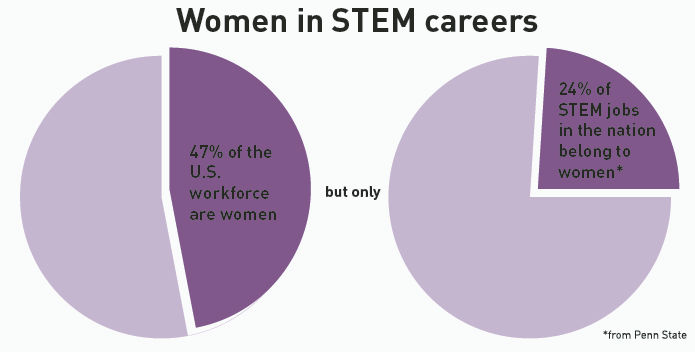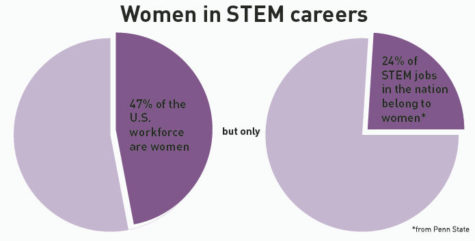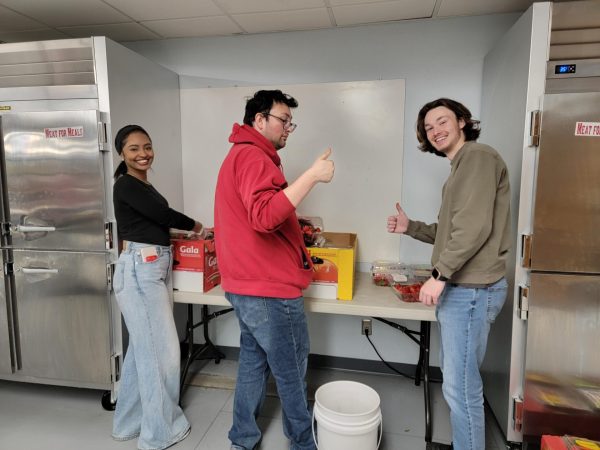Ames Lab Rare Earth Recycling Process
November 8, 2012
The Ames Laboratory has been working to improve the recycling process for rare earth materials which are important for energy technology around Iowa and around the world.
Many of the things we use or see on a daily basis such as cell phones, car speakers, wind turbines and computer hard drives use rare earth magnets to function.
Ryan Ott, an associate scientist at Ames Laboratory, is leading the research on this recycling process.
“Rare earths are essential to magnets because they allow us to make strong permanent magnets. Rare earth magnets are much stronger than your ferrite magnets,” Ott said. “Because of this, they allow you to reduce size and weight. It’s all about making a strong magnet with the smallest mass.”
We’re taking these materials and we’re essentially demagnetizing them first, we’re crushing them up to a more useable size, and we’re putting them in liquid magnesium,” Ott said. “What the liquid magnesium does is extracts the rare earth elements and leaves behind the iron and boron, and now you have a magnesium rare earth alloy, and we cast that.”
Once the liquid magnesium is boiled off scientists have recovered rare earth materials they need.
Being able to obtain rare earth materials to make magnets has been especially important lately because there has been a relative shortage to the United States.
Larry Jones, an associate scientist at Ames Laboratory, explains this situation.
“China set upon a course to capture the world market in rare earths because they realized they had a resource that others didn’t,” Jones said. “The fact that it’s a limited resource is the issue. If China consumes all its own rare earths in the things that they make, then where are we going to get rare earths from?”
Organizations have recently been active looking for new rare earth deposits and opening sites known to have deposits, such as Mountain Pass, California.
Scientists across the country have been trying to solve the problem of the rare earth shortage.
“Because of the situation that exists with China and the ability to get them [rare earths] in the future, you start turning to issues like, can we recover? Can we recycle? Can we replace?” Jones said. “[Rare earths have] found their way into very high end applications, and you really can’t replace these things. Because they’re so difficult to produce, that means they’re difficult to recover, too.”
It isn’t likely that scientists will be able to substitute another material for rare earths in making smaller, stronger magnets because they’re too unique to replace.
The recycling process that Ames Laboratory has been pursuing seems like it could have potential to help the lack of rare earths in the United States.
“Our first stage in the research has been just understanding the science of the recycling. There’s multiple different grades of rare earth magnets,” Ott said. “The question is, how do you get all these magnets for recycling?”
Companies and organizations interested in studying these magnets and pursuing their own recycling methods have been harvesting them from older technology such as computer hard drives, which become outdated fairly quickly.
“The point of what we do is not just to produce rare earth metal, but to produce the highest purity rare earth metal available,” Jones said. “We have a reputation of being the one place in the world you can get the highest purity rare earth elements.”
















